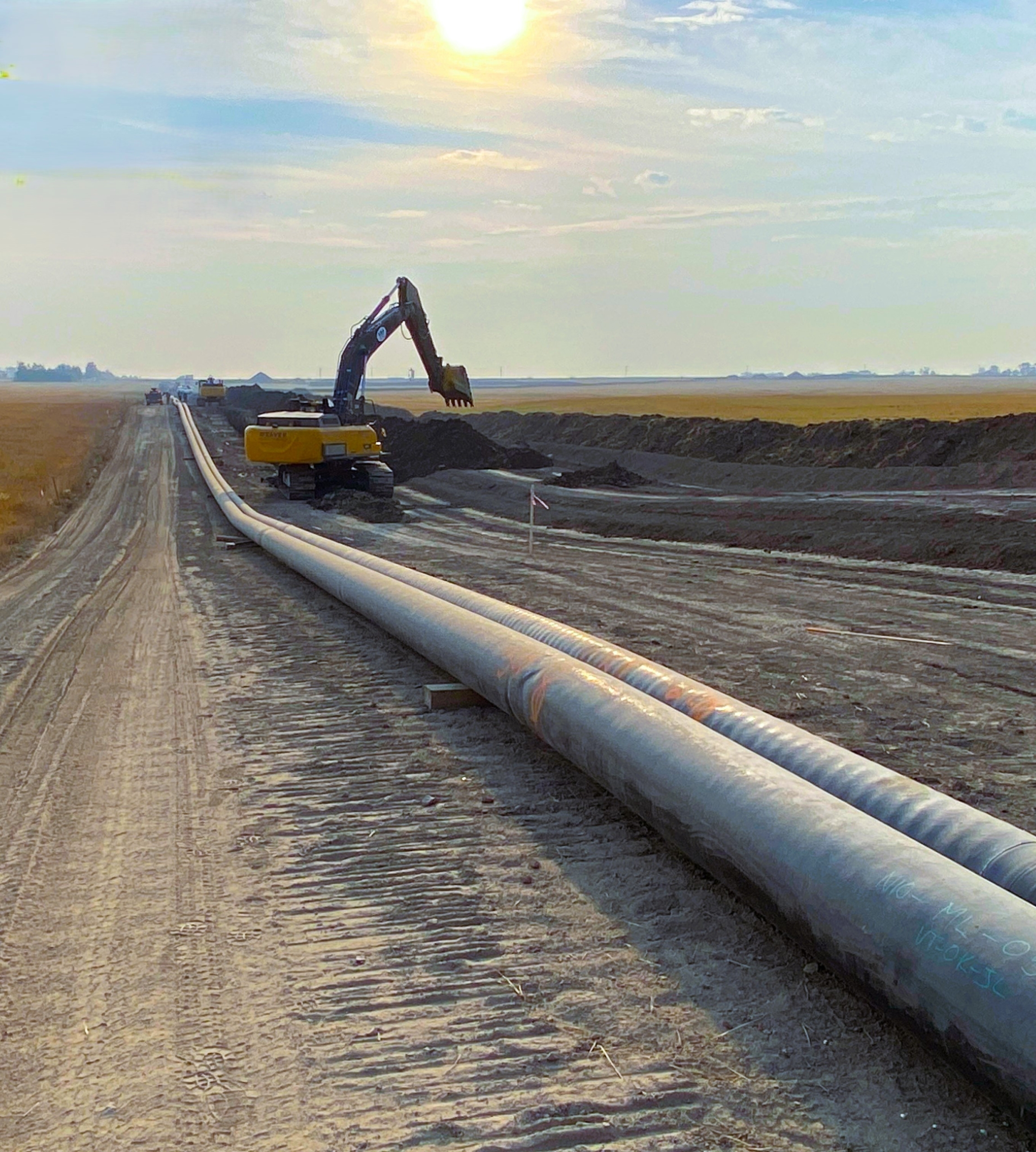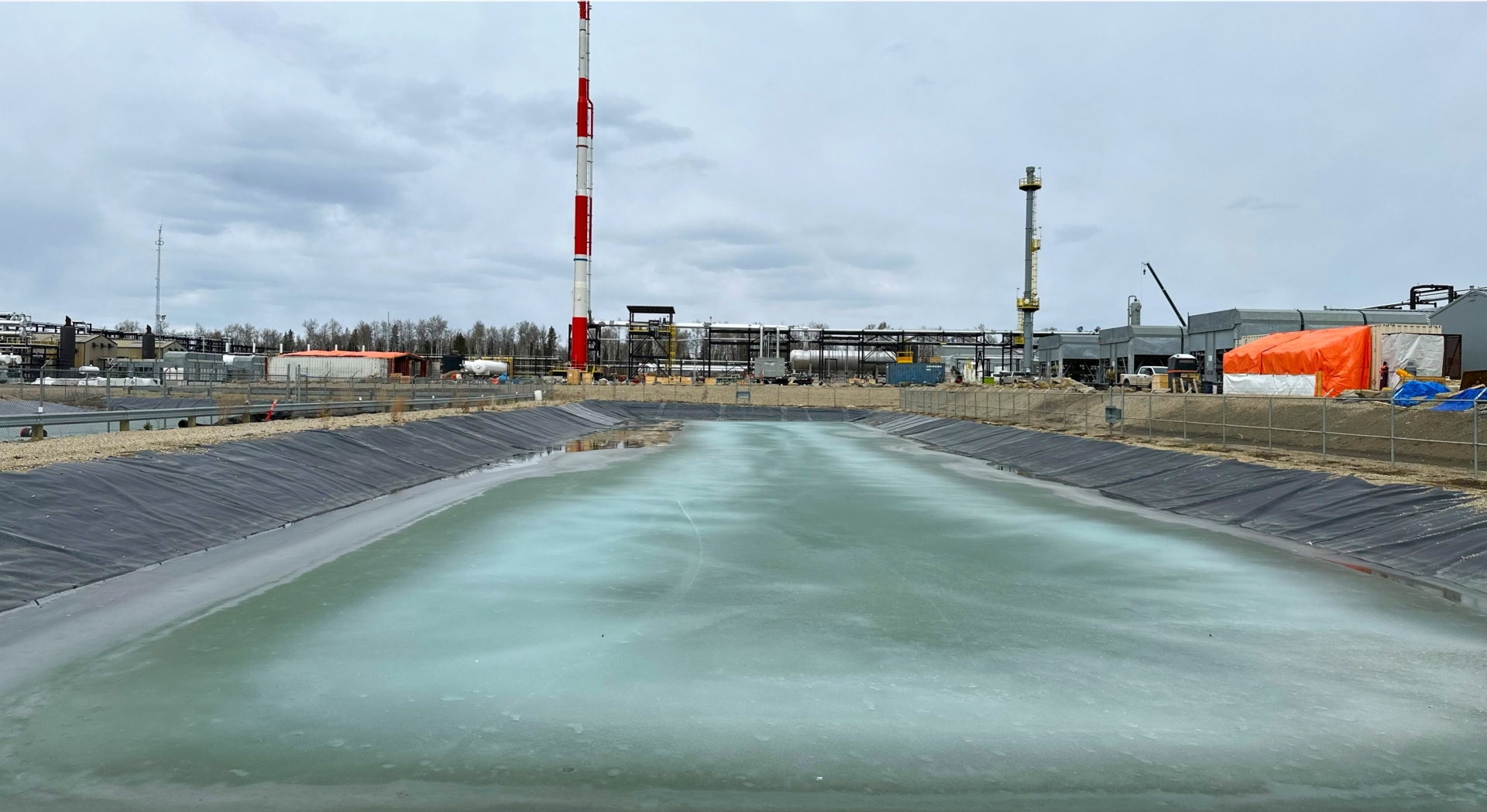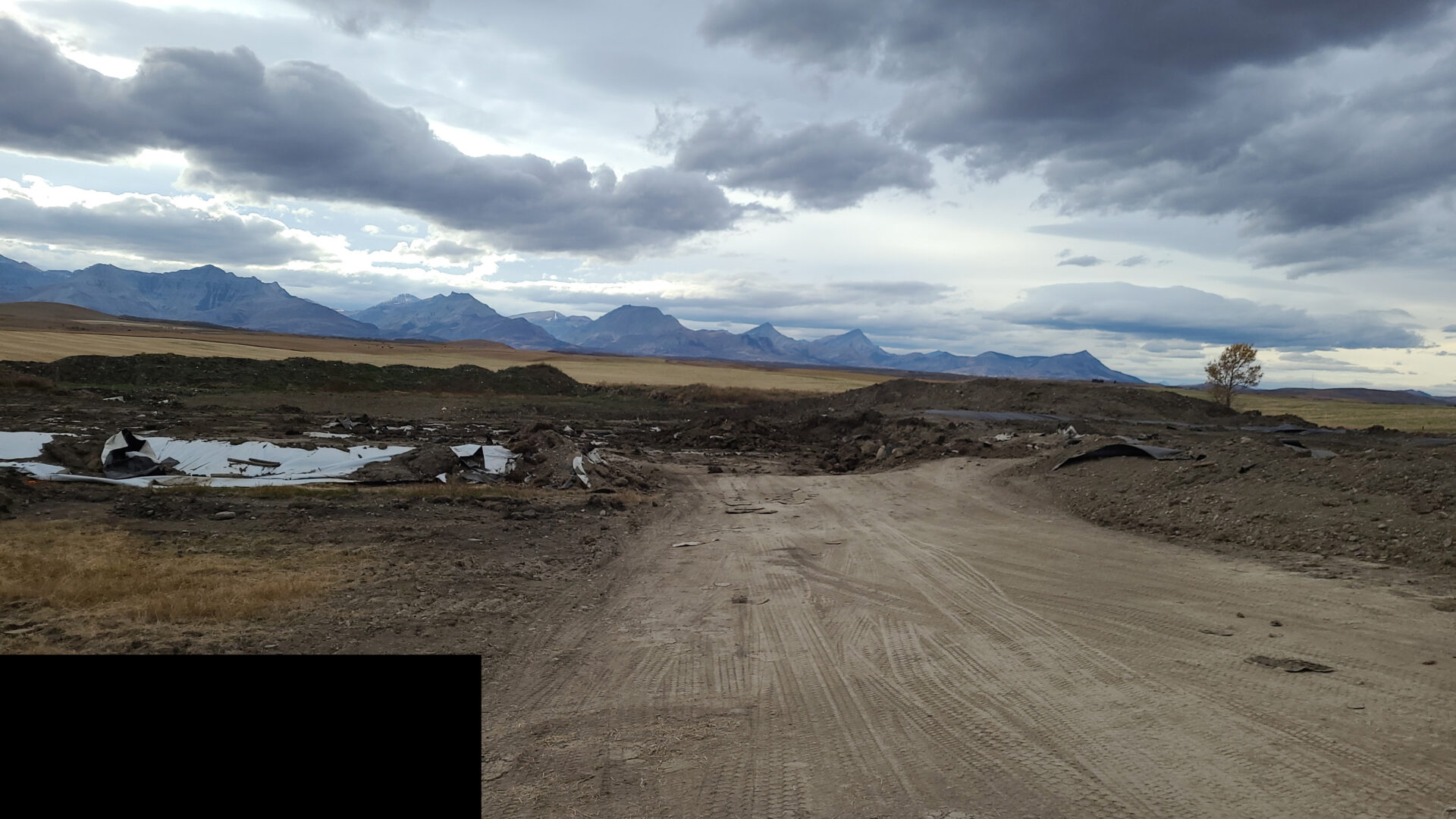The Alberta Energy Regulator (AER) granted themselves discretionary authority on all transactions where the transferee has a Liability Management Rating (LMR) of less than 2.0 post-transaction through Bulletin 2016-21 in July 2016. This was a softening of Bulletin 2016-16, which was released three weeks earlier, that required all transferees to have an LMR greater than 2.0 immediately following a transaction. Liabilities continued to pour into the Orphan Well Association at unprecedented rates and the AER moved to strengthen its due diligence process. The discretionary approval process has evolved multiple times since its unveiling, with the AER just recently releasing its newest application form. In this spreadsheet, licensees make commitments for liability closure, production enhancements and/or other indicators of corporate health that the AER tracks and continually measures licensees against. Although an LMR forecast is a required field, the spreadsheet demonstrates that the AER is moving beyond relying solely on LMR to judge insolvency risk.
With this in mind, 360 recommends that companies submitting a discretionary approval application supplement the AER’s spreadsheet with a letter telling their story and exemplifying how they will responsibly manage the entire lifecycle of energy development. When 360 compiles these letters on behalf of clients, we include four key components:
1. People – Short bios of the Directors and Management that describe past successes and the experience of the team.
2. Funding – High level details of how you will fund the operations and liability management activities.
3. Operations Plan – Paint a clear picture of why you are interested in the assets and how you plan to exploit them. More detail here is better, but operators must consider that these letters are available through the Freedom of Information and Protection of Privacy Act.
4. Liability Management Strategy – Summarize all planned closure activities, whether for LMR improvements, Directive 013 compliance, Area-Based Closure commitments or just to close out liability. The AER’s scrutiny of liability closure is constantly increasing, and if you plan on acquiring inactive liabilities, you will need to present a plan for managing them.
A major caution is to ensure that you can execute on every commitment you make in the discretionary approval process because the AER will measure your progress and may impose conditions based on them. It is not mandatory that transferees achieve an LMR of 2.0 following a transaction, but the AER expects proportionately more closure activities if you won’t.
In Making Growth Simple, 360 removes uncertainty from the discretionary approval process. We facilitate collaborative relationships between our clients and the AER, with the purpose of establishing trust that extends through multiple transactions. We support our clients by developing achievable results they can be held accountable to and collaboratively executing on closure activities following approval of the transaction. As a result, we have helped dozens of transactions successfully navigate the discretionary approval process.
Thanks for reading,
-Mike




































































